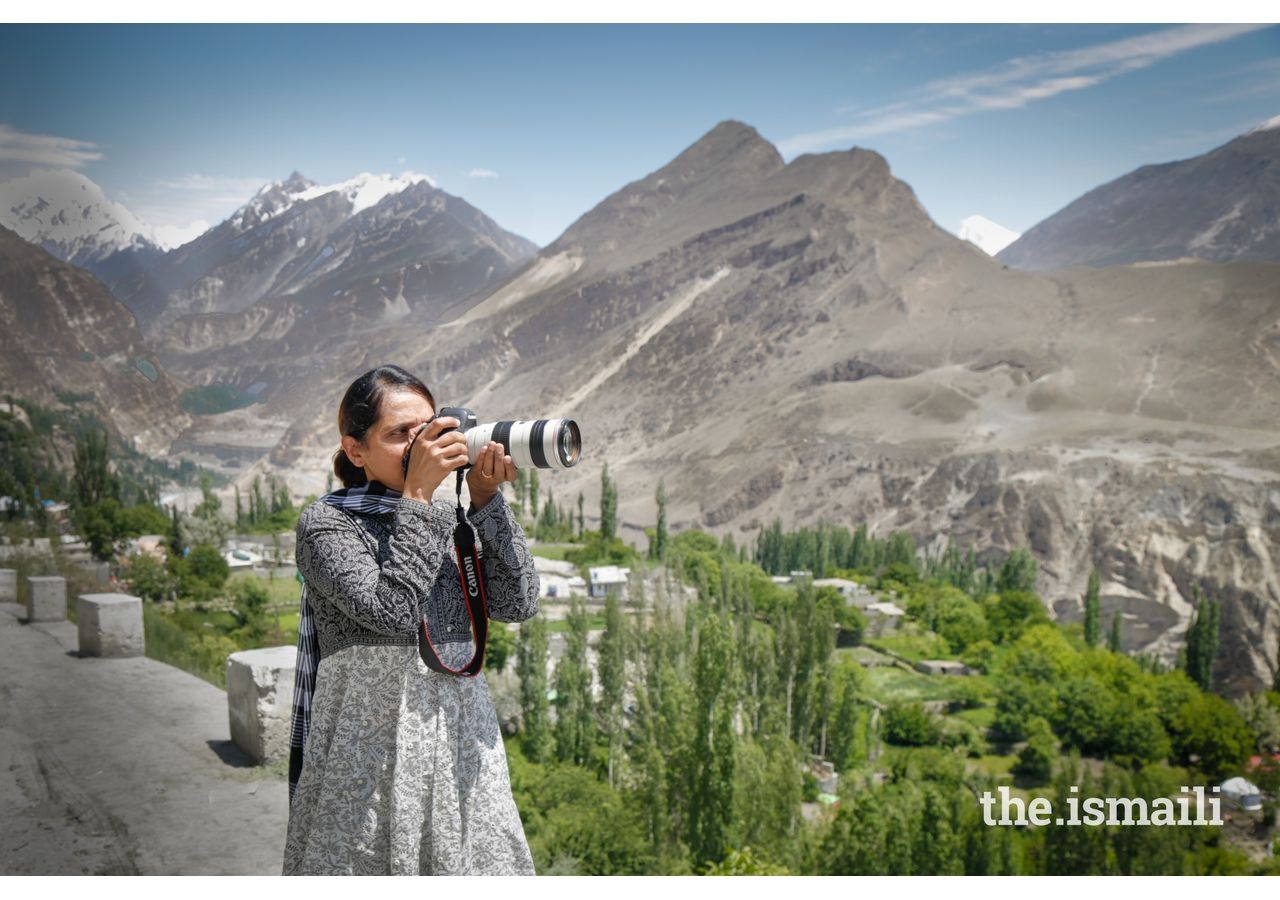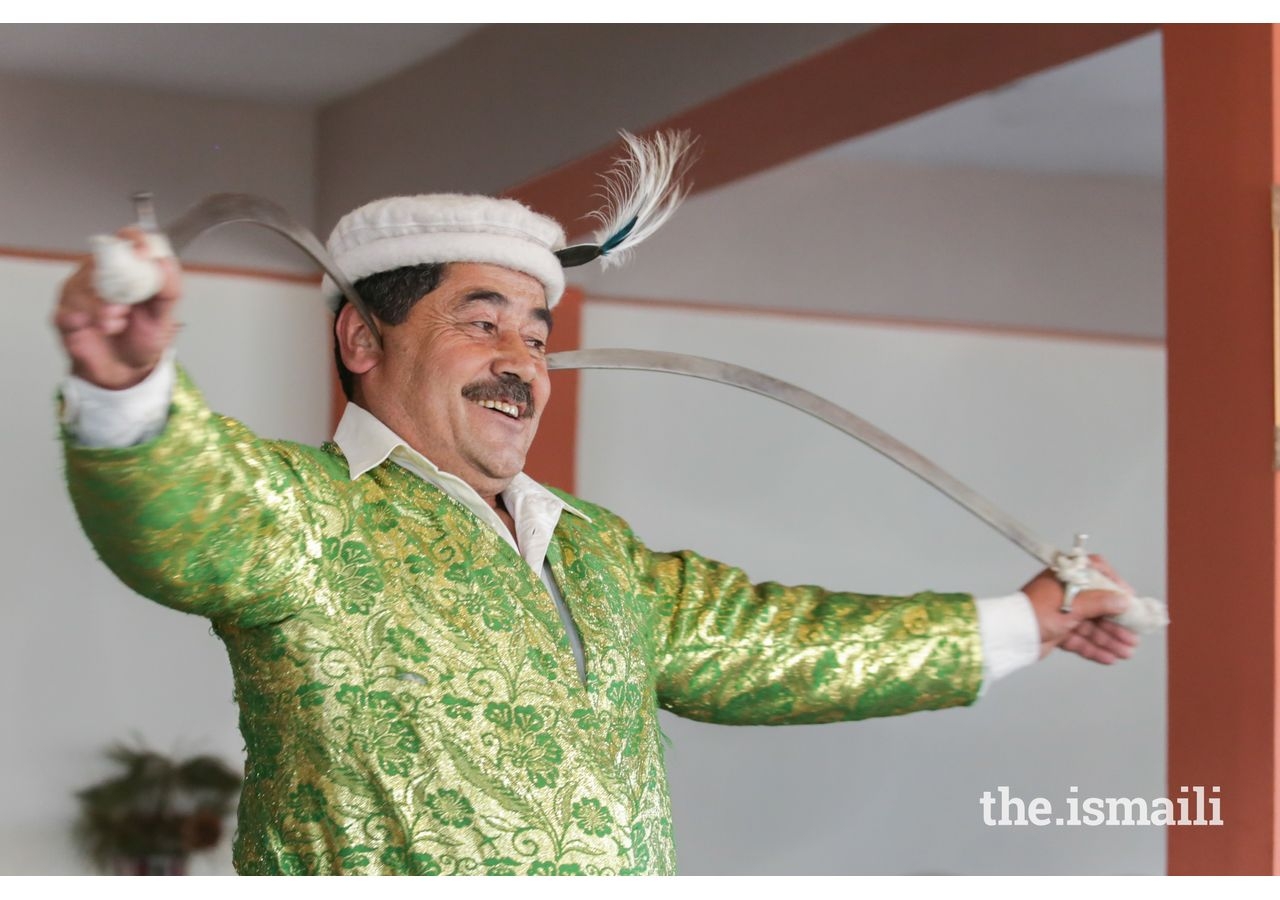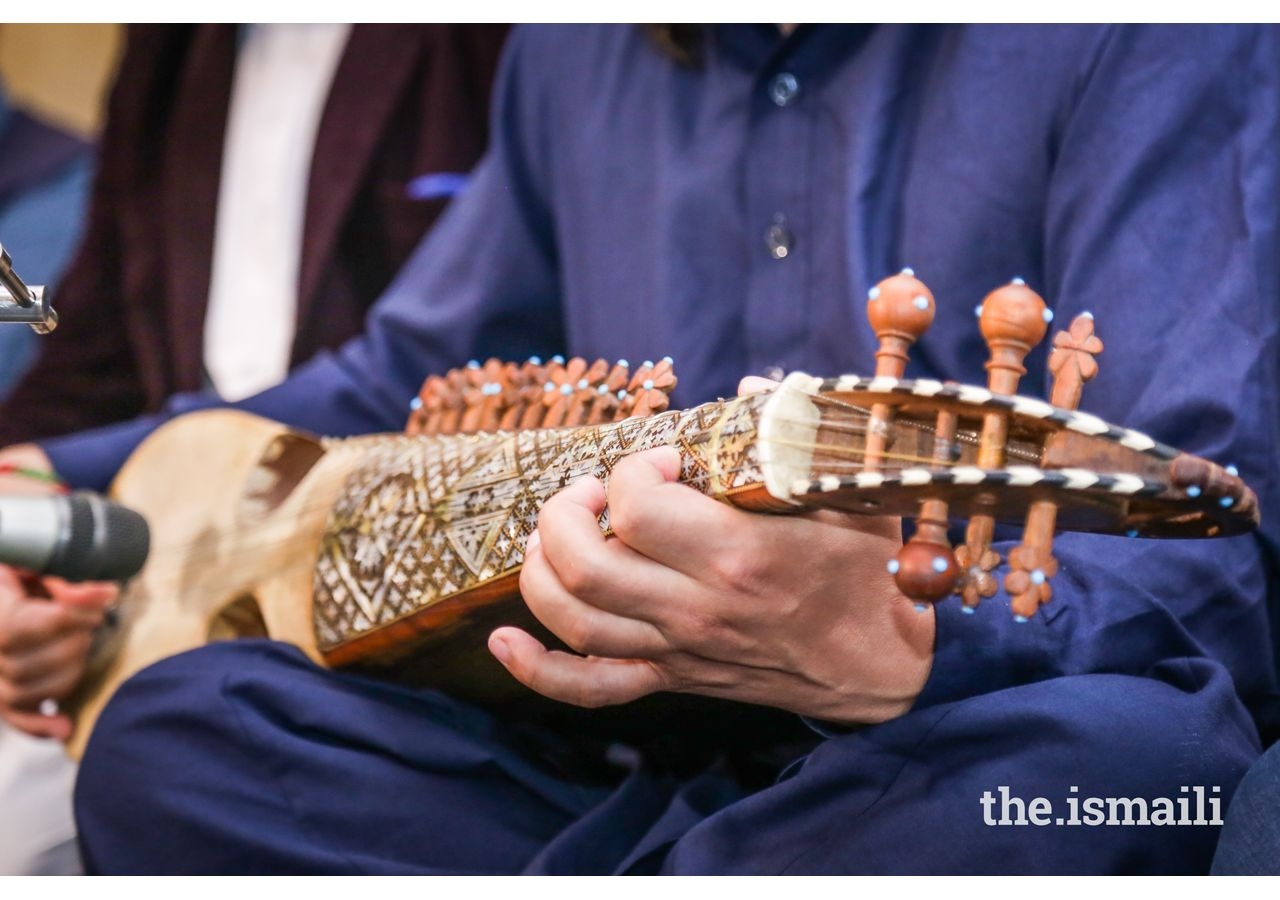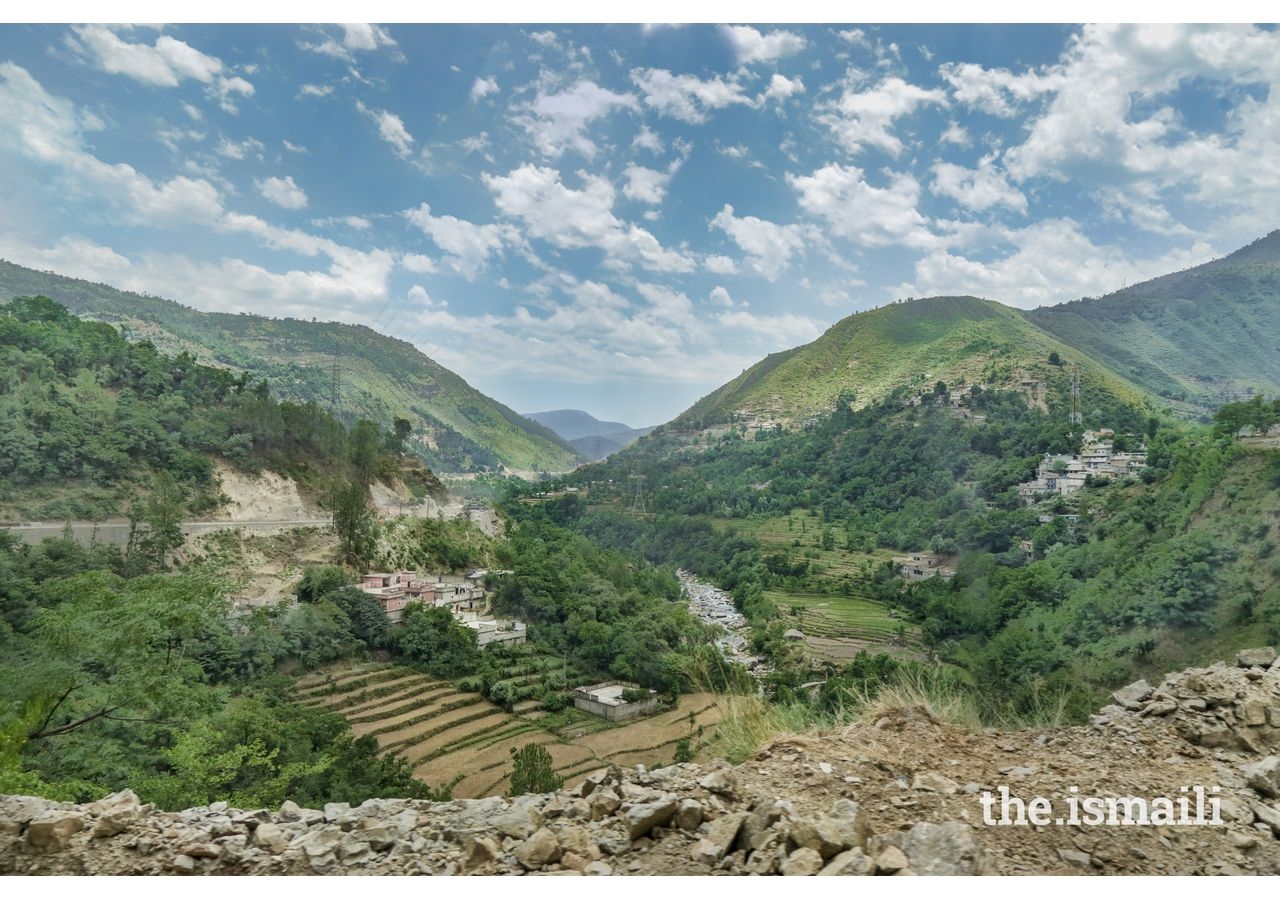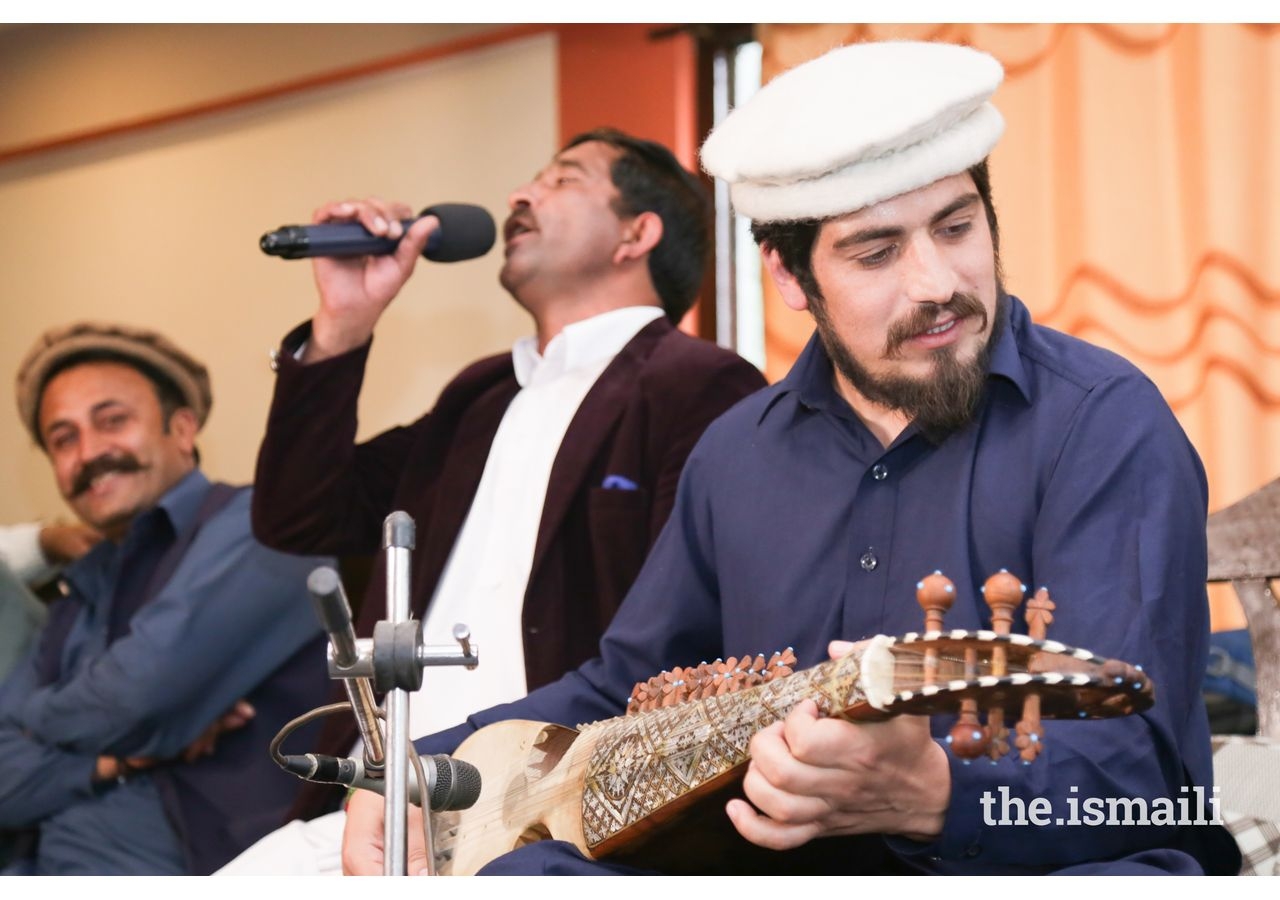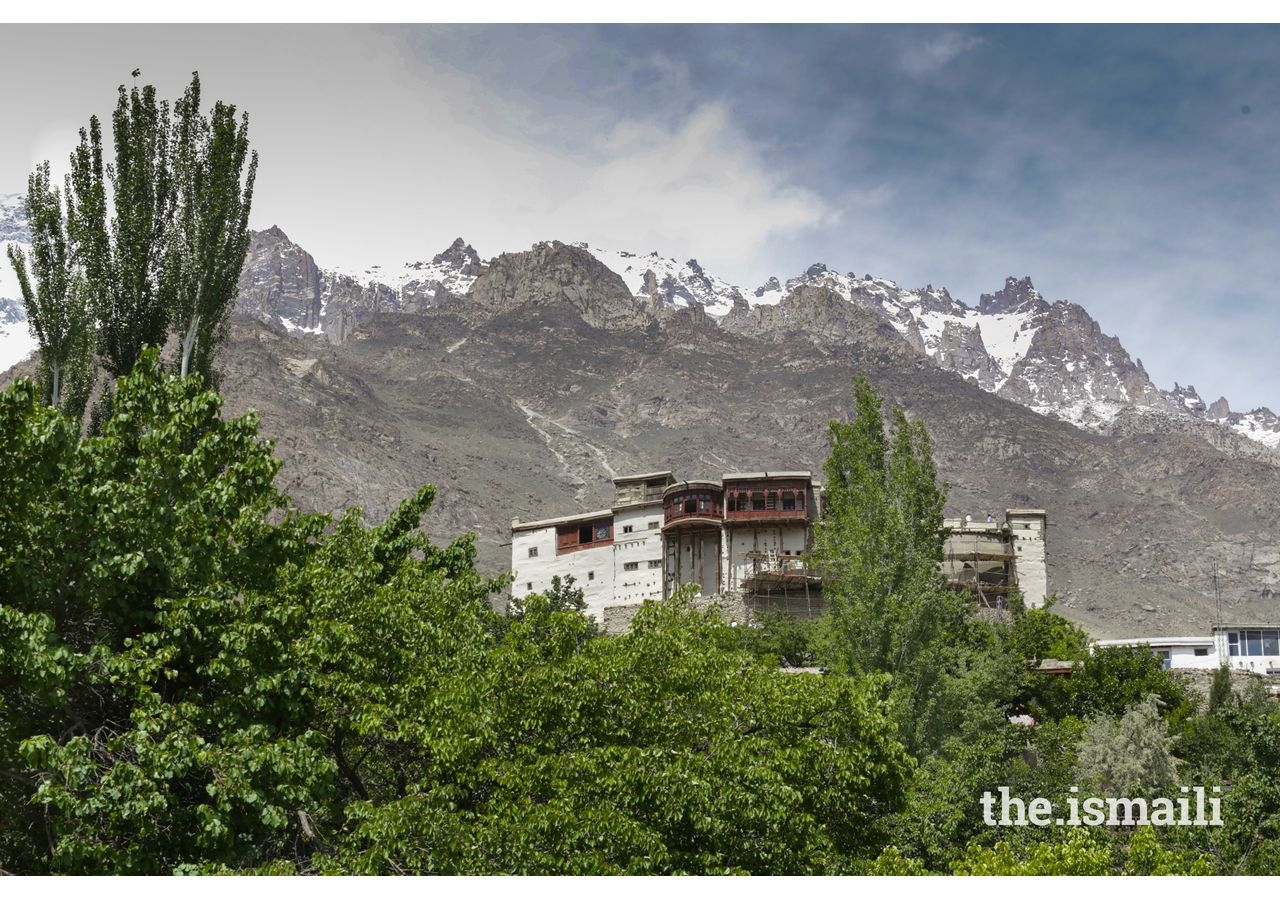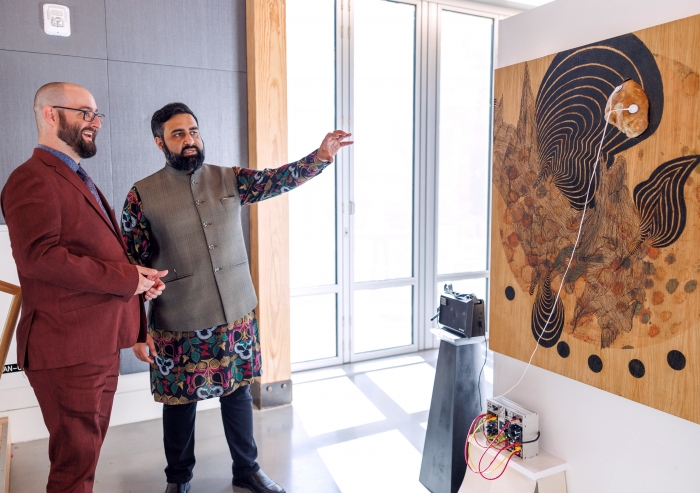manjis_education_0001.jpg
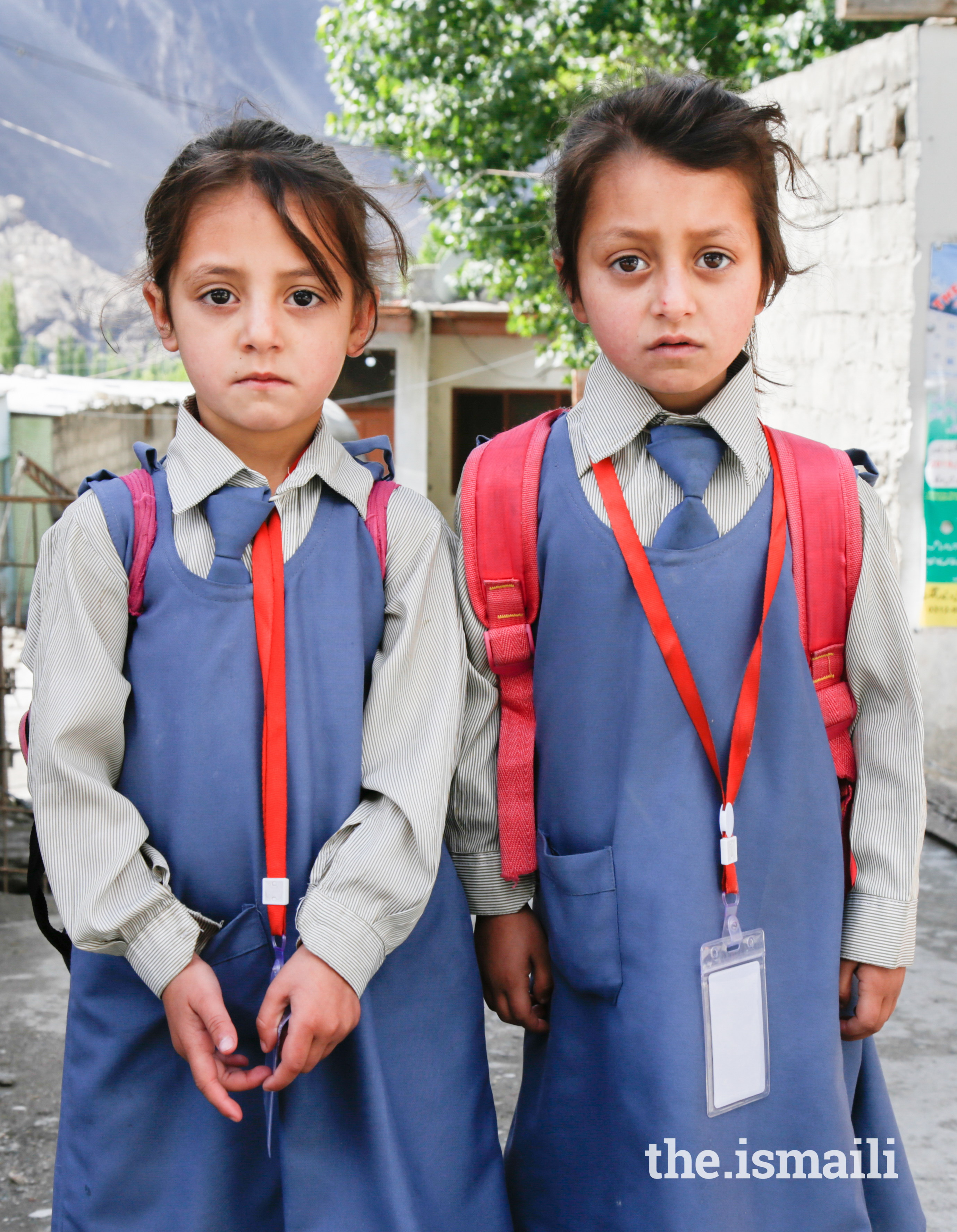
The cultural exchange trip was a passion project for the dancers, to go back to the local Hunza communities that have inspired their dancing, to learn and give back as part of their service responsibility. This excellent group of career women, managers, and stay-at-home mothers followed their talents back to its roots.
I was part of this group as a Pakistani-born Ismaili photographer and filmmaker of the cultural exchange program to document the journey. Atlanta-based Sanam Dance Studio organized the trip, and I accompanied six members of the group which performed in different parts of northern Pakistan including Badakhshan (Hunza, Gilgit, Chilas) Taxila (Haripur) and at the Lok Virsa museum (Islamabad) . The audiences welcomed and appreciated the multicultural group, and danced alongside.
The cultural music and instruments, including drums, tabla, rubab, sitar, dholak, and tanpura, are the speciality of the people residing there. Their talent left us in awe and increased our anticipation to explore more of the hidden artistic talents in Badakhshan. To witness the Hunza Traditional Musical Band perform in Mominabad, Hunza, was a treat for the soul. They told us how art was the only currency their family passed down, generation after generation.
The northern areas of Pakistan are the epitome of beauty. Not only are the high mountains and lush greenery an eye-catching sight, the hand-woven rugs and jewelry made by Ismaili locals draw the interest of visitors. We visited the valleys, waterfalls, hidden historical gems, and the historic sites restored by the Aga Khan Trust for Culture., while enjoying the local produce. We made sure we brought back some of the beauty and hard work of Pakistani artisans, from bangles, peshwas (local festive wear), handmade Badakhshani dresses, jhumkas (earrings), Iraghi caps (soft round-topped hats made of wool), and shawls made of cross and roll stitch-work.
It was a moment of pride as a Shia Ismaili Muslim to see the Aga Khan Development Network’s programs and their immense and tireless effort to improve the quality of life of the people of Pakistan. They continue to provide the residents with basic health, education, housing and agricultural assistance. A Hunzai local, Nisar Ahmed, insisted on taking us to Baltit Fort. This restoration and preservation project, he said, was a great honor for him and his community, as it reminded him every day of where he came from and what the community had achieved.
manjis_landscape_0001.jpg
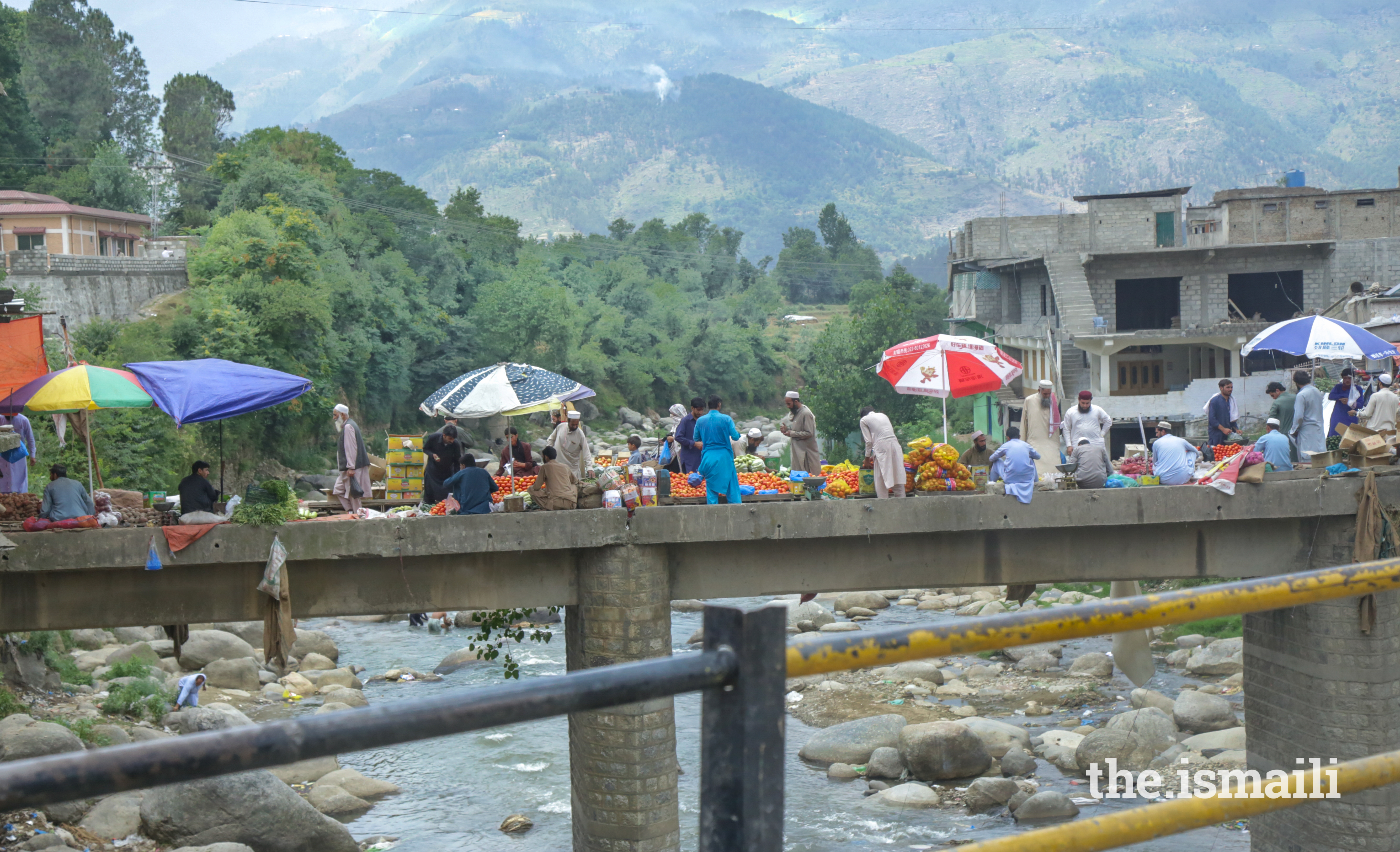
The group visited local markets and households and mingled with local families and community members, amazed at their tremendous hospitality, homemade dishes, sweets, and tea. They were also very impressed with the emphasis on equal opportunity and education for boys and girls. We spoke with members of the local Ismaili community of Hunza and some Secondary school teachers who mentioned school enrollment rates are quite high in the young population. This is due to high literacy rates and their model of community-run schools.
Our trip was a once-in-a-lifetime experience and made me feel proud of my Pakistani heritage.

